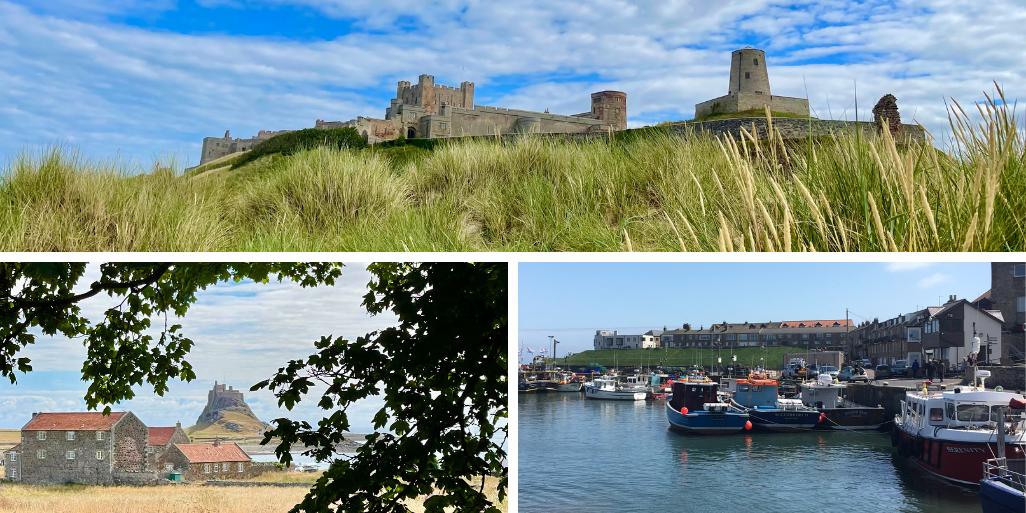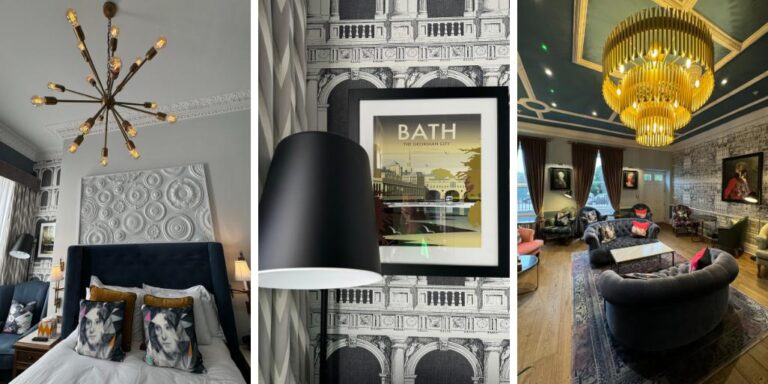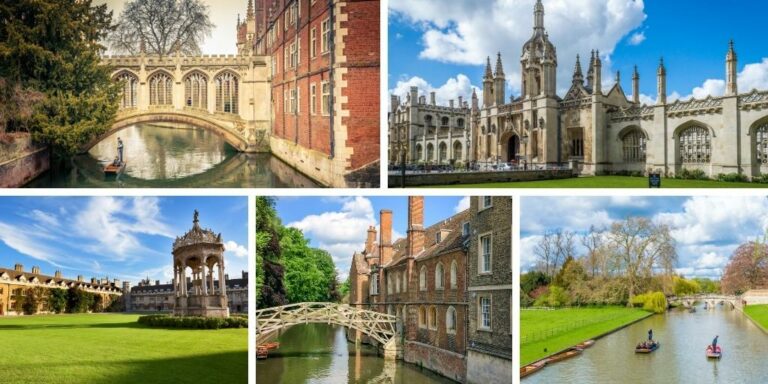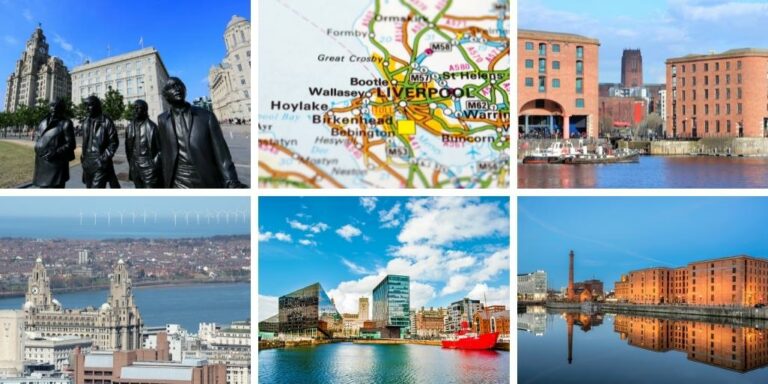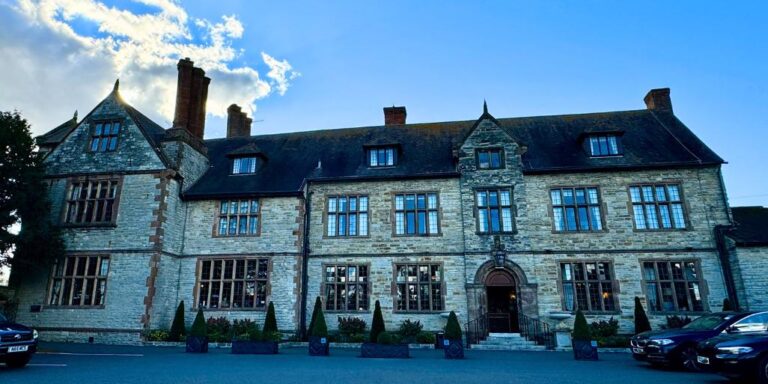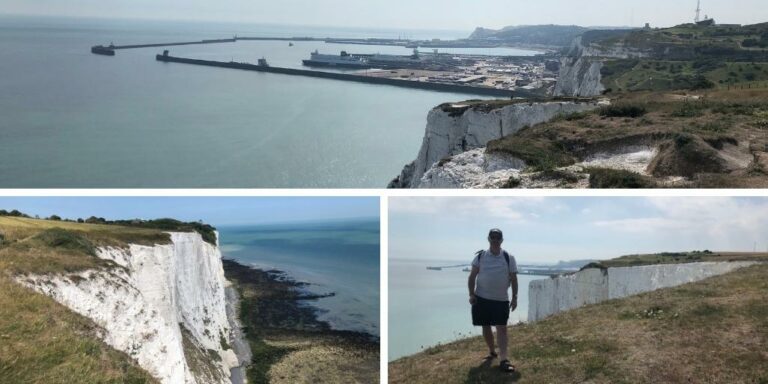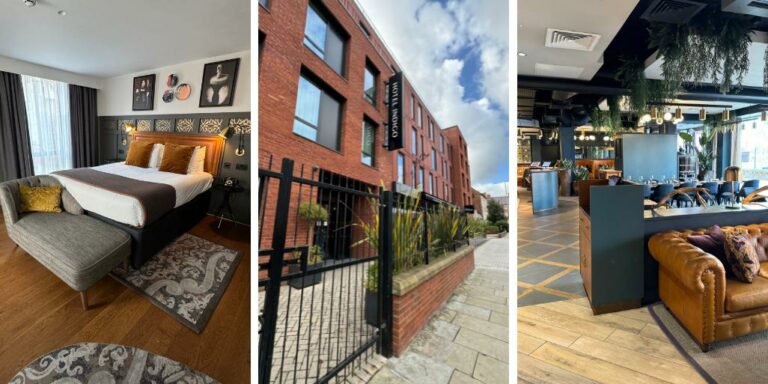Planning a drive up the Northumberland Coastal Route
Northumberland is England’s northernmost county and a fabulous place to explore and include in a UK road trip itinerary. With many beautiful towns and villages, stunning beaches, numerous castles, and Roman ruins, you will find plenty of things to do in Northumberland to fill your itinerary.
Northumberland also has Europe’s largest night skies protected area, offering visitors some of England’s best stargazing experiences and clearest night skies.
If you are planning a drive up the Northumberland coastal route, there are some beautiful coastal towns to visit along the route, including Bamburgh, Craster, Beadnell, and Warkworth.
Due to the rather turbulent history with our neighbour to the north, there are over 700 castle sites (more than any other county in England). You will encounter some of these castles on your drive up the Northumberland coastal route.
Good to know! We drove the route in a day, but if you have time, I highly recommend booking a few nights’ accommodation in one of the villages along the way.
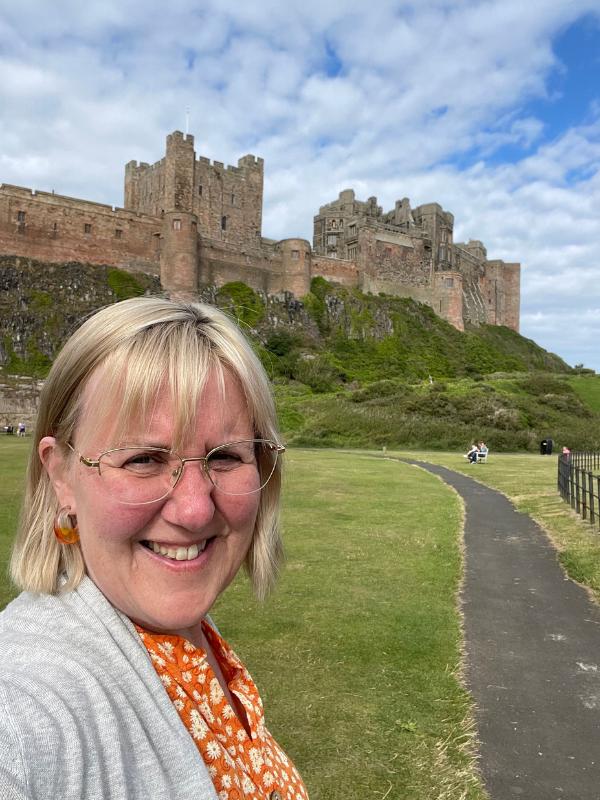

Taking the scenic drive along the Northumberland Coastal Route
The 39 mile Northumberland coastal route was designated an Area of Outstanding Natural Beauty in 1958.
Our starting point was the village of Seaton Delaval, from which we drove north. Our schedule for the day was to visit Alnwick and then follow the 35-mile coastal drive route from Alnmouth to the Holy Island of Lindisfarne.
The drive is beautiful, and if the weather is good, I can guarantee you will have a lovely day out.
We joined the coastal route which is well signposted at Alnmouth (5 miles east of Alnwick).
You then pass through Boulmer, Craster, Embleton and Beadnell – all lovely little villages – before driving through Seahouses and then on to Bamburgh and (probably the star of the show) the Holy Island of Lindisfarne.
Seaton Delaval Hall


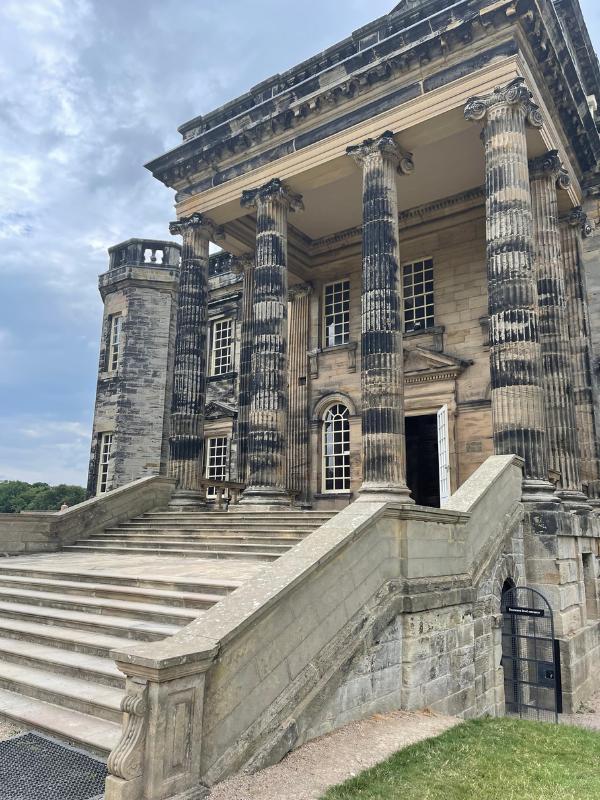

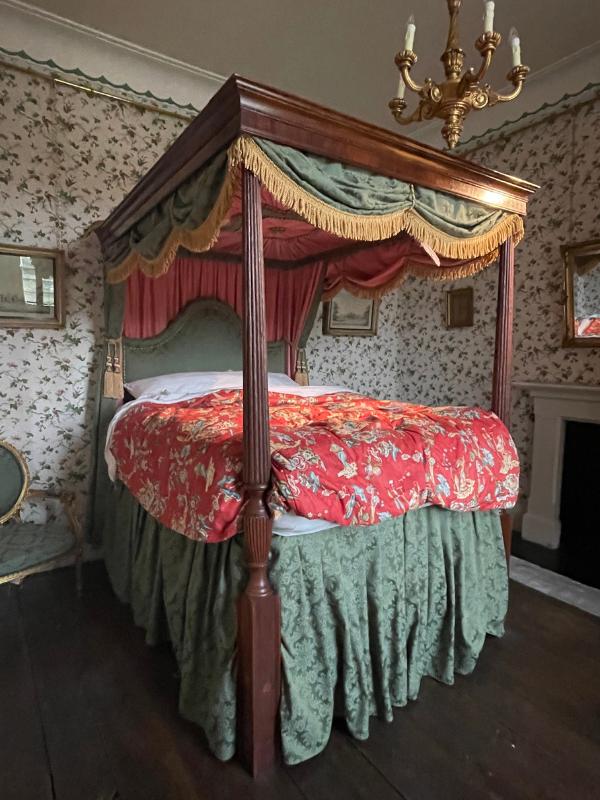

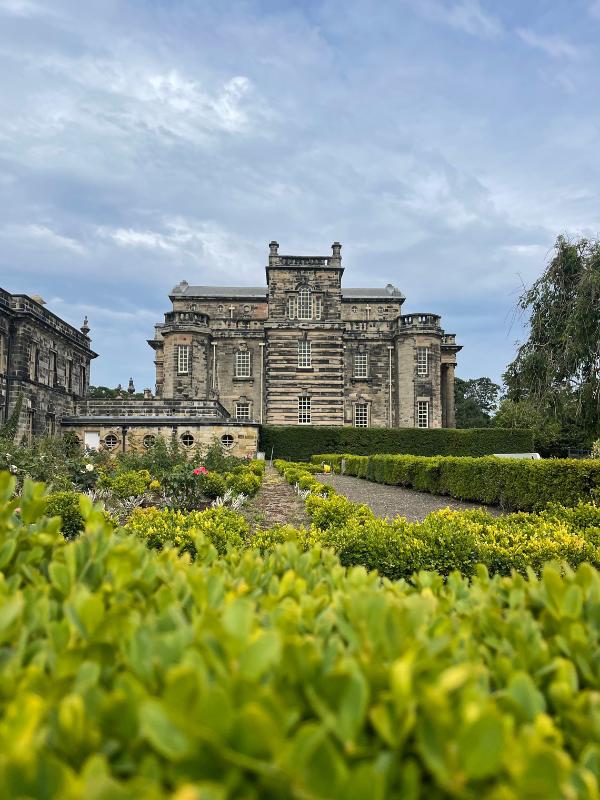

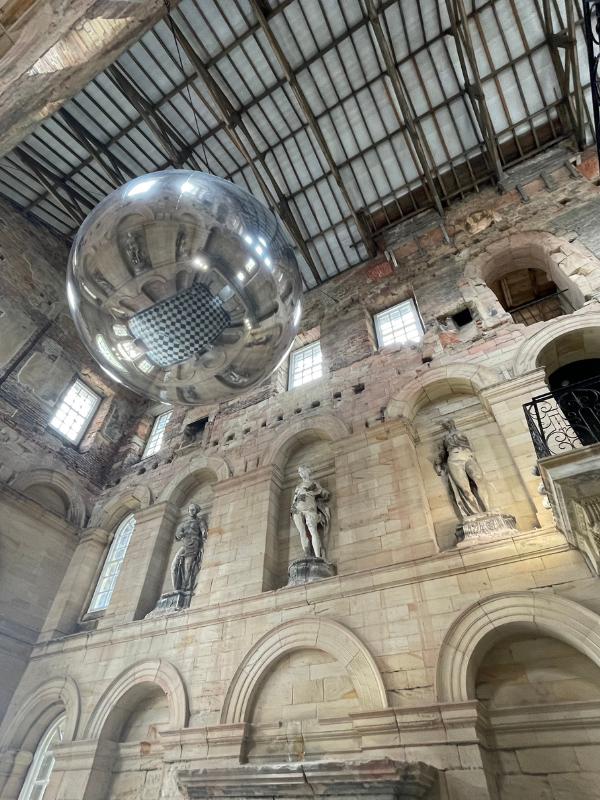

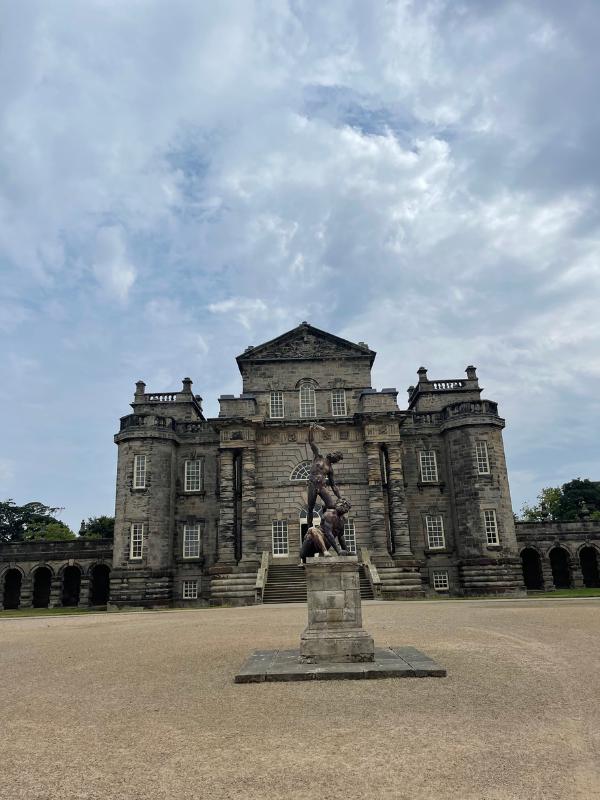

It would be remiss of me not to mention Seaton Delaval Hall, which recently reopened to visitors. Now under the care of the National Trust, this fascinating Georgian country house, designed by Sir John Vanbrugh, was home to the flamboyant Delaval family, known for their theatricality and mischief. Behind its formal façade lies a history of extravagant parties, pranks, and performances.
The Hall has survived many challenges, including fierce fires, and has recently undergone major restoration work funded by the National Lottery Heritage Fund. Visitors can now enjoy restored interiors, reimagined landscapes, and new visitor facilities celebrating its dramatic history.
Craster to Dunstanburgh Castle
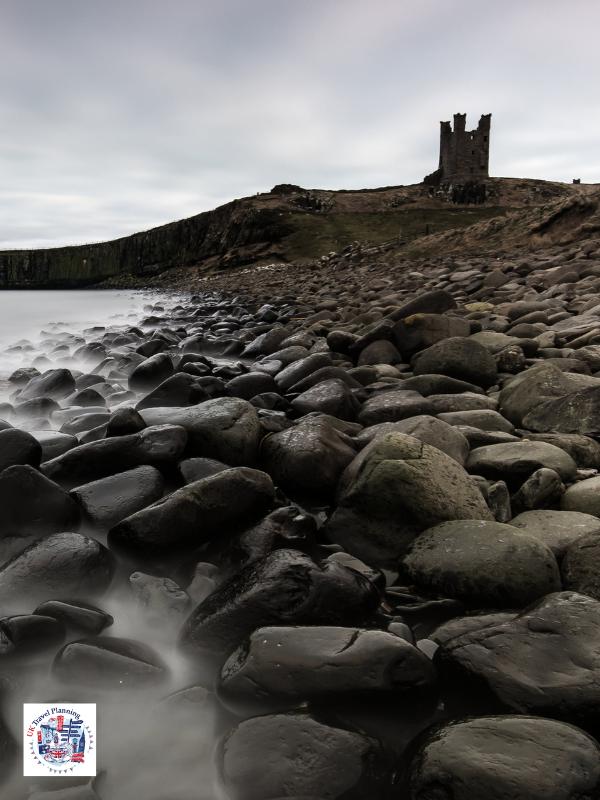

Just to the north of the village of Craster lies the first of the castles you will see on your trip. Dunstanburgh Castle, former home to John of Gaunt, is now administered by English Heritage. The castle can be reached from Craster by following a path along the coast for just over a mile.
Craster is also famous for kippers which are prepared in the village in oak-smoked barrels. If you enjoy art, pop into the Mick Oxley Gallery, which sells seaside-inspired arts and crafts.
Beadnell
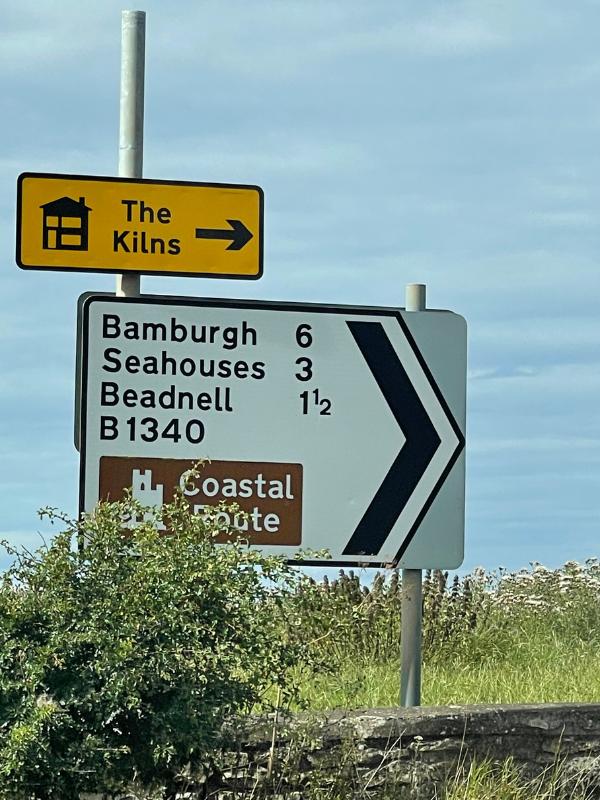

After driving through Embleton, you will arrive at the small village of Beadnell.
From Beadnell to Bamburgh lies one of England’s most beautiful stretches of beaches. Pick a sheltered spot in Beadnell Bay and enjoy a few hours on the golden sand.
The area is also famous for water sports, including surfing, windsurfing, kitesurfing, sailing, diving and snorkelling.
The Northumberland Coastal Path runs from Beadnell through Seahouses and onto Bamburgh Castle.
Seahouses
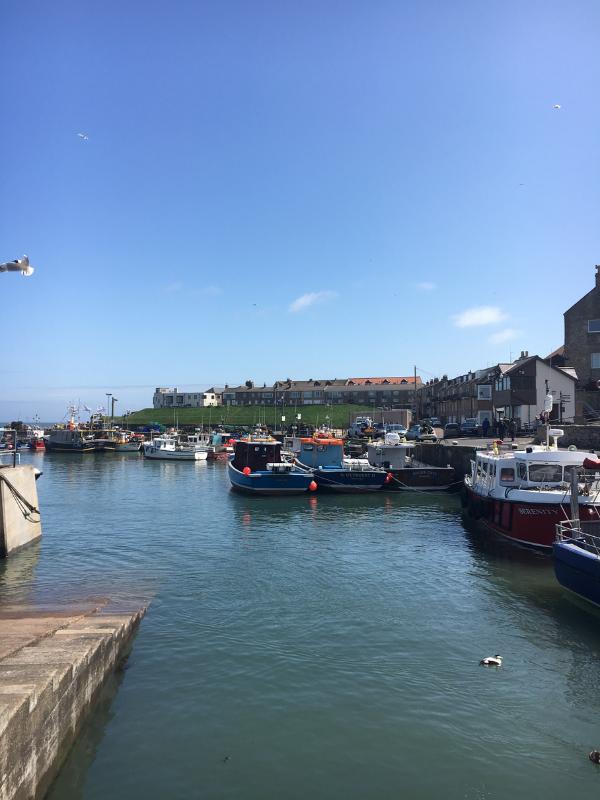

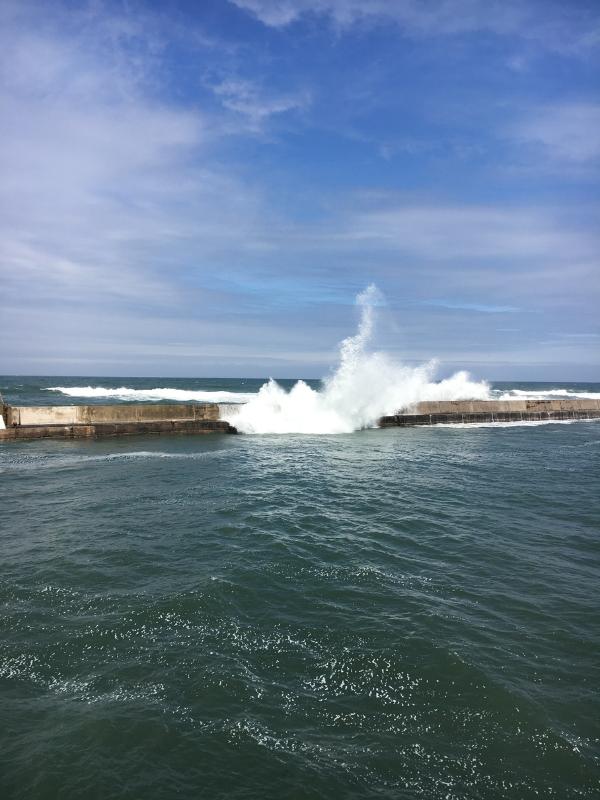

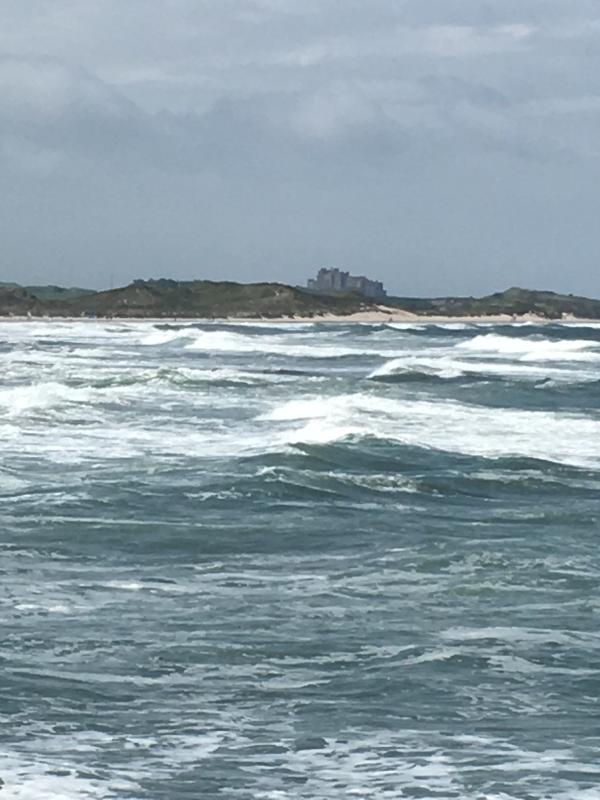

Seahouses is a town where I spent many happy summer days with my Dad and brother as a child.
You will find numerous arcades and amusements (unfortunately), plus gift shops, fish and chip shops and a great little harbour to look around. It can be very busy in summer, so be prepared – parking can be an issue.
There are lovely beaches to explore to the north and south of the town. If you enjoy horse riding and are an experienced rider there are beach rides available.
The view from the town towards Bamburgh Castle in the distance is pretty special, too, and the Farne Islands can be spotted offshore.
How to visit the Farne Islands from Seahouses
You can catch a boat to the Farne Islands from Seahouses. Although we had hoped to do this, the weather was a bit too treacherous on the day we visited so we could not go.
The Farne Islands, called the “Galapagos of Europe” are home to seal and puffin colonies and are definitely worth adding to your itinerary if the weather allows.
There are 28 islands making up the Farnes, of which only 3 are accessible – Inner Farne, Staple (May-July only), and Longstone.
To get to the Farne Islands, book one of the boat trips from Seahouses Harbour.
The islands belong to the National Trust so if you are not a member, expect to pay a landing fee and the boat trip costs.
Bamburgh Castle
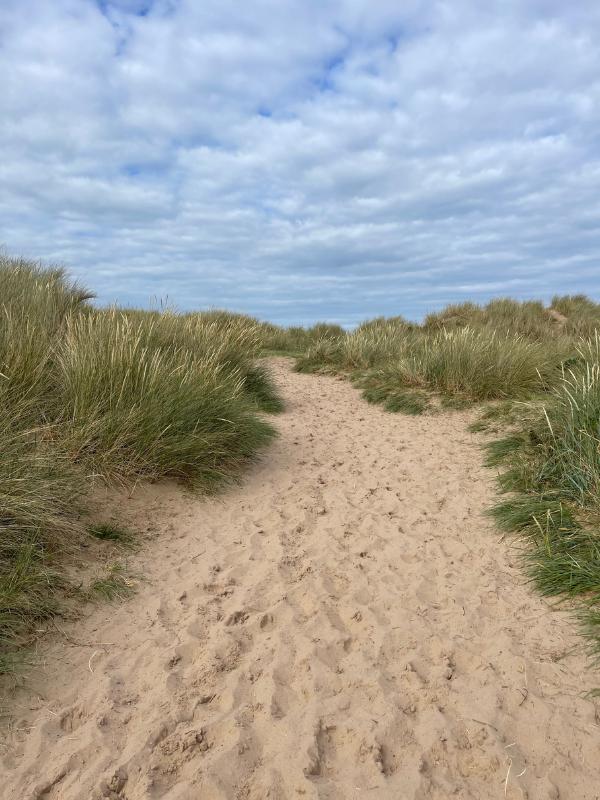

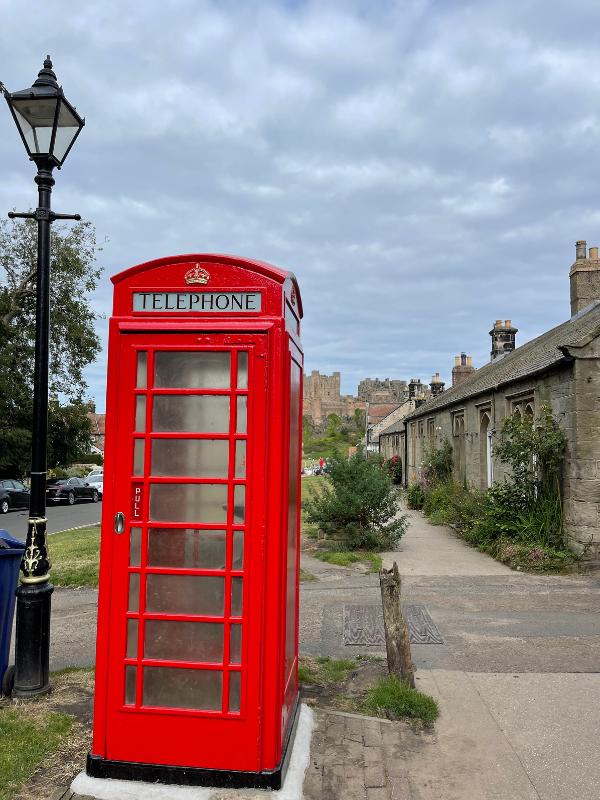

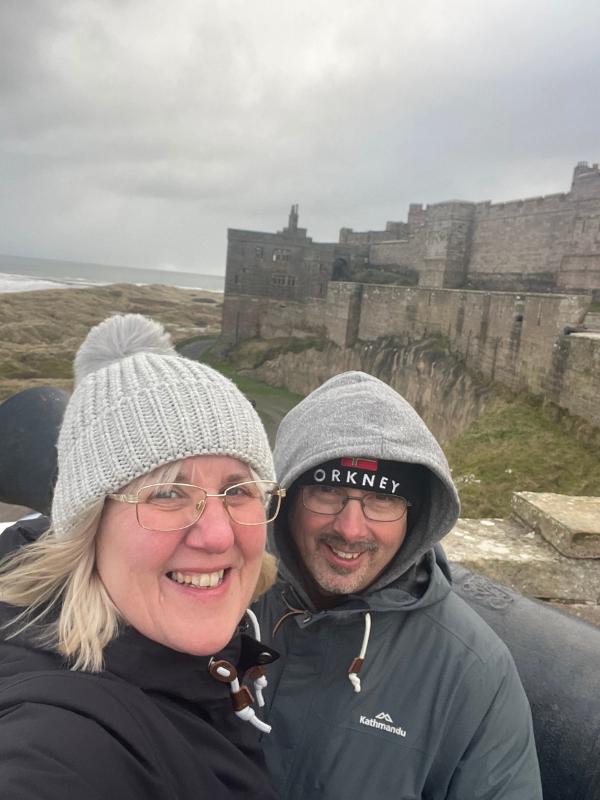

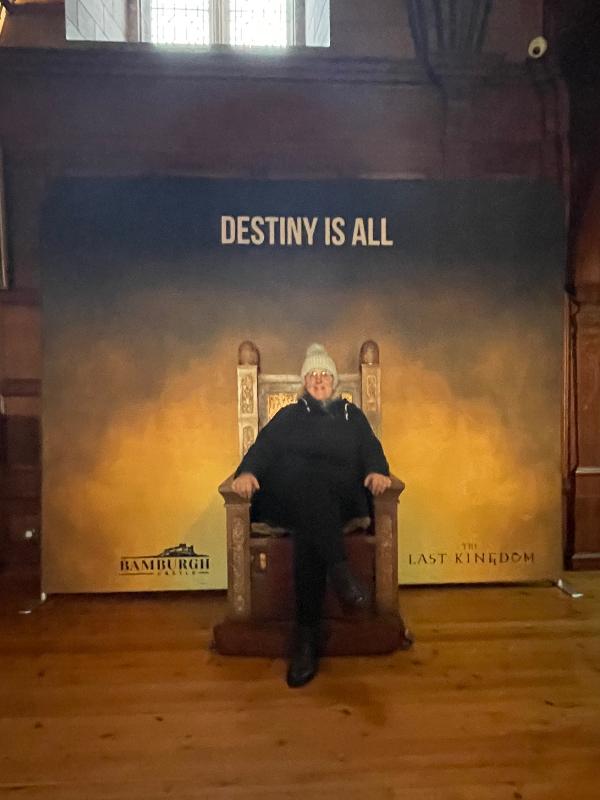

After spending a few hours in Seahouses, continue your drive along the coast towards Bamburgh.
You will see the famous Bamburgh Castle long before you arrive in Bamburgh itself. It is a magnificent structure and is still inhabited.
Home to the Royal Seat of the Kings of Northumbria, Bamburgh Castle is a castle on which myths and legends are based. It is also rumoured to have a ghost or two inhabiting its corridors.
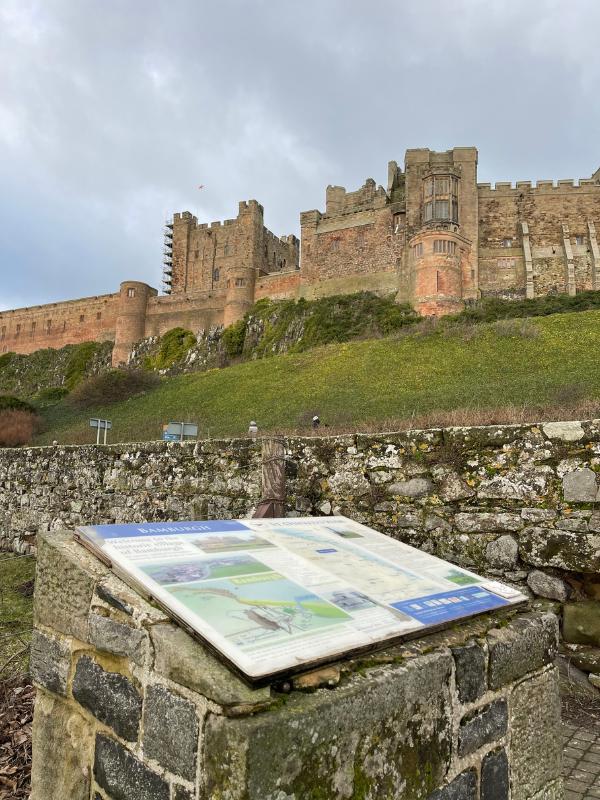

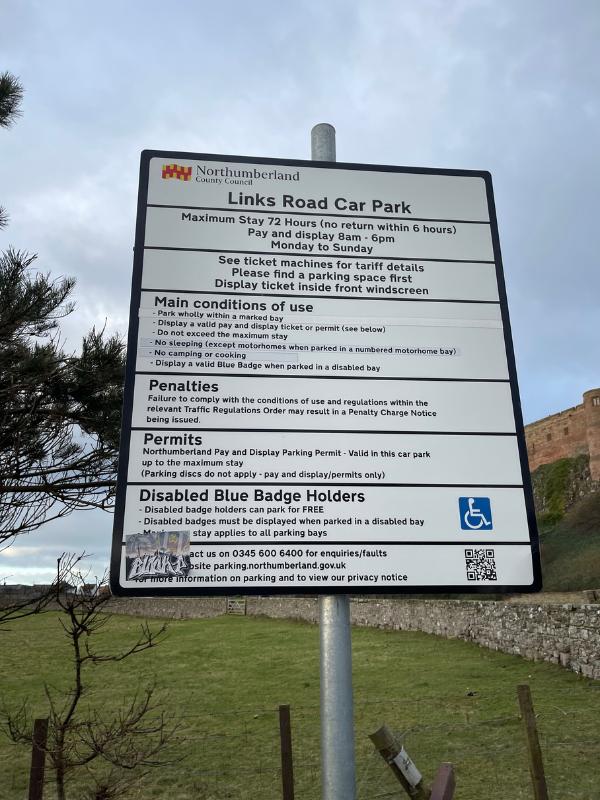

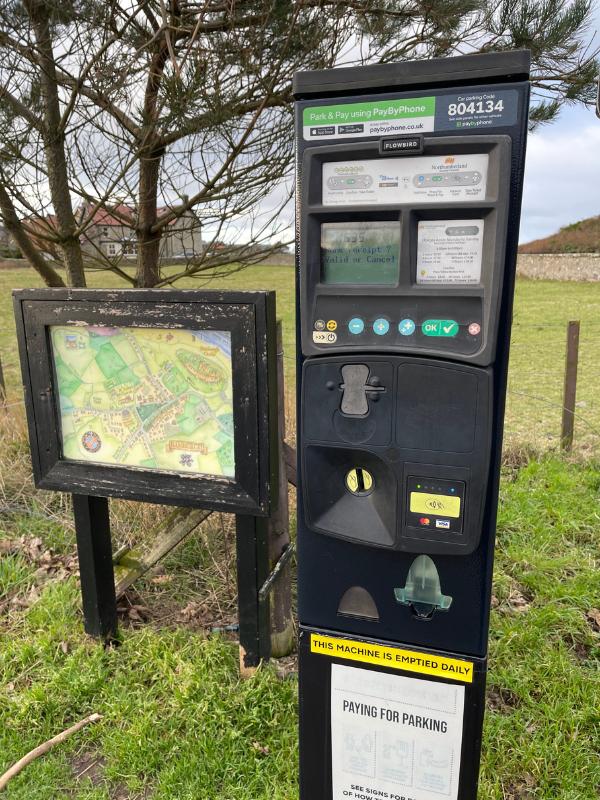

There is parking available at the bottom of the road up to the castle (and at the top but it was full) plus some spaces in the village.
Plan a few hours at least to explore the castle. There is a lovely cafe for lunch, or pop into The Copper Kettle for tea and the BEST cake in the world!
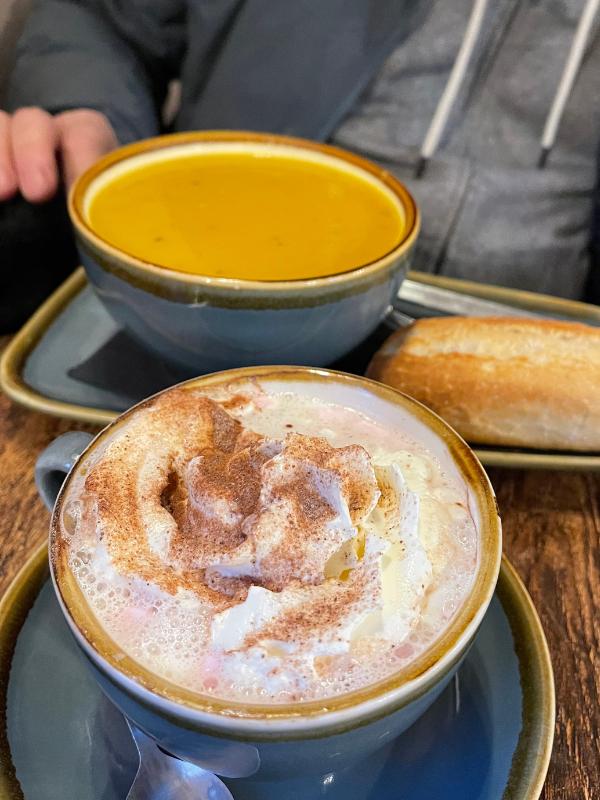

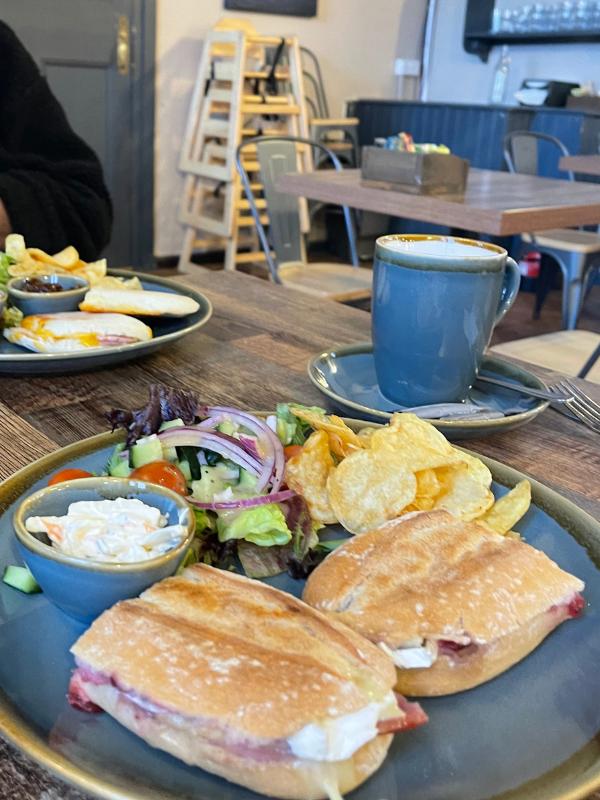

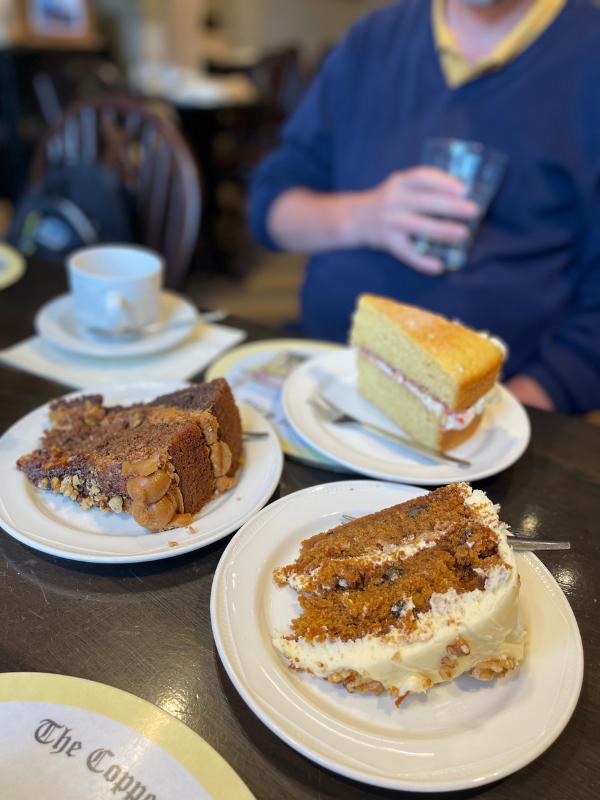

The Holy Island of Lindisfarne
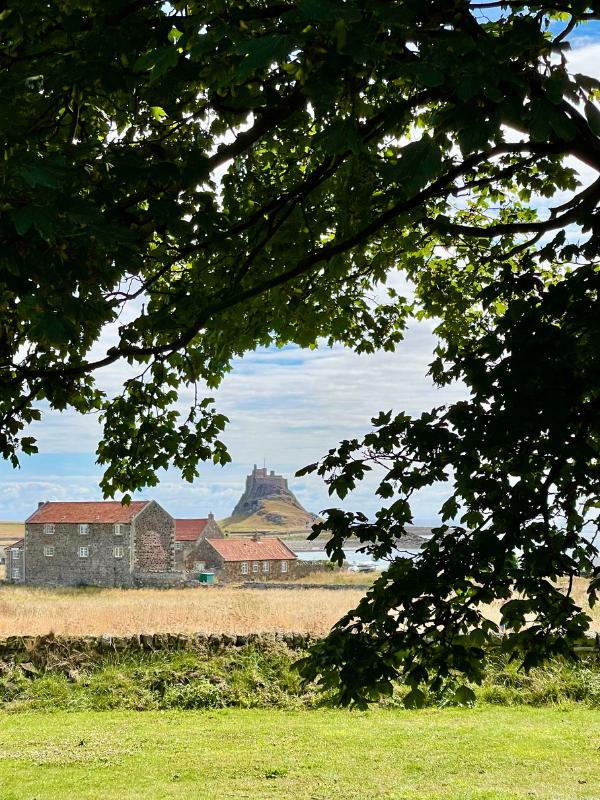


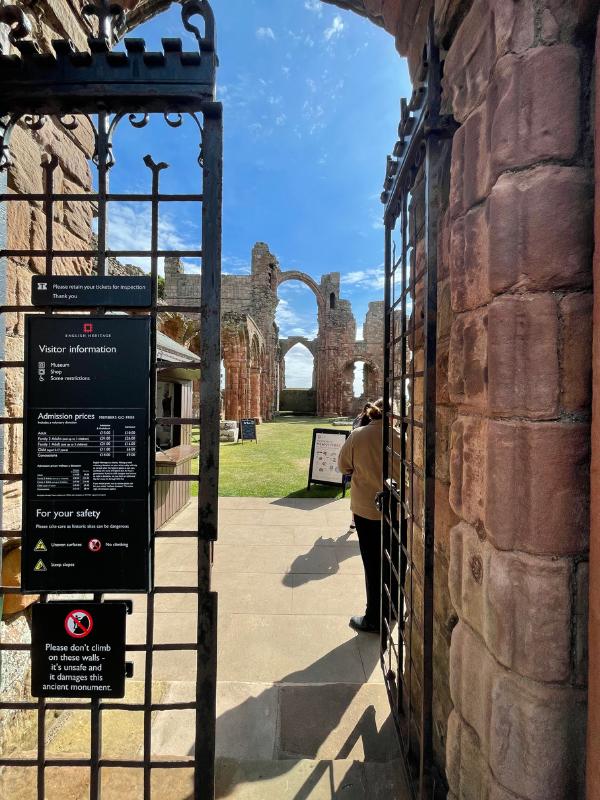

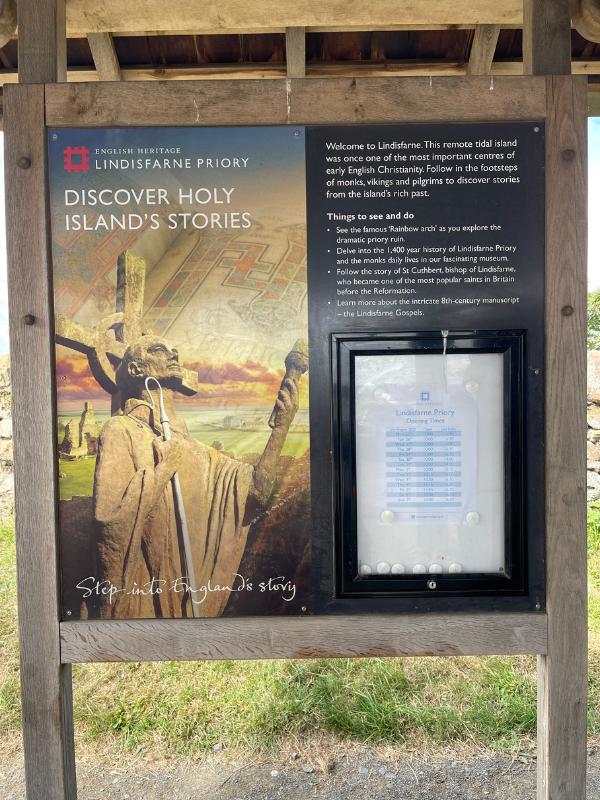

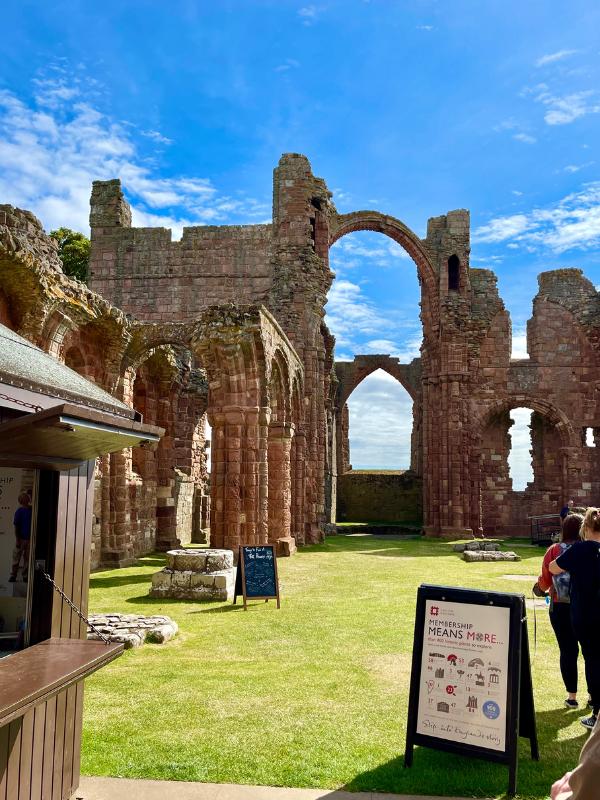

Your next stop will be the beautiful Holy Island of Lindisfarne, where you will find a castle and an abbey to visit.
The castle was built in the 1500s during the reign of Henry VIII, but for me, the highlight of a visit to Holy Island is the ruined abbey. It was at this abbey where monks wrote the beautiful Lindisfarne gospels and a copy can be seen in the nearby church (the real gospels can be found in the British Library in London)
It is vital to plan your visit to the Holy Island of Lindisfarne very carefully as tides cover the 3-mile causeway and cut off the island from the mainland.
Check the tides before planning your trip. This is imperative as the island is only accessible during low tides.
We arrived about 10 minutes before the designated safe time, but the sea had receded enough for people to reach the island over the 3-mile causeway.
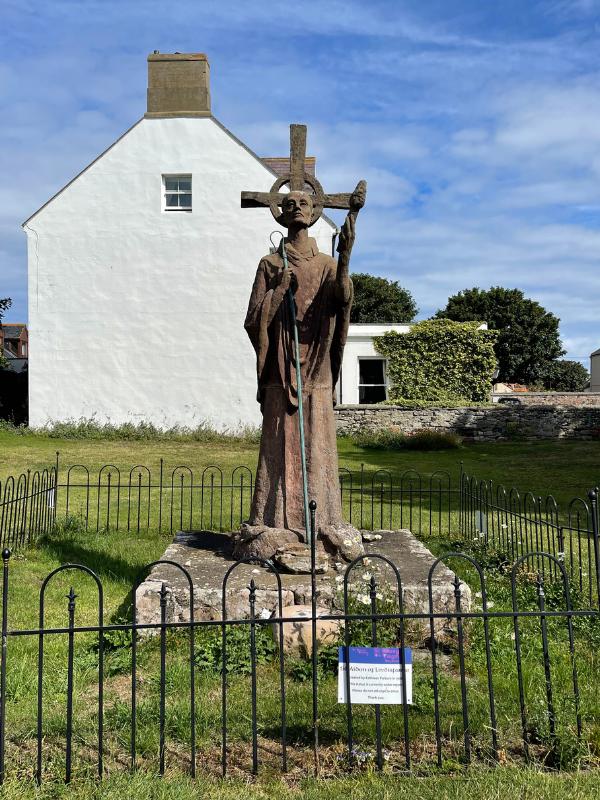

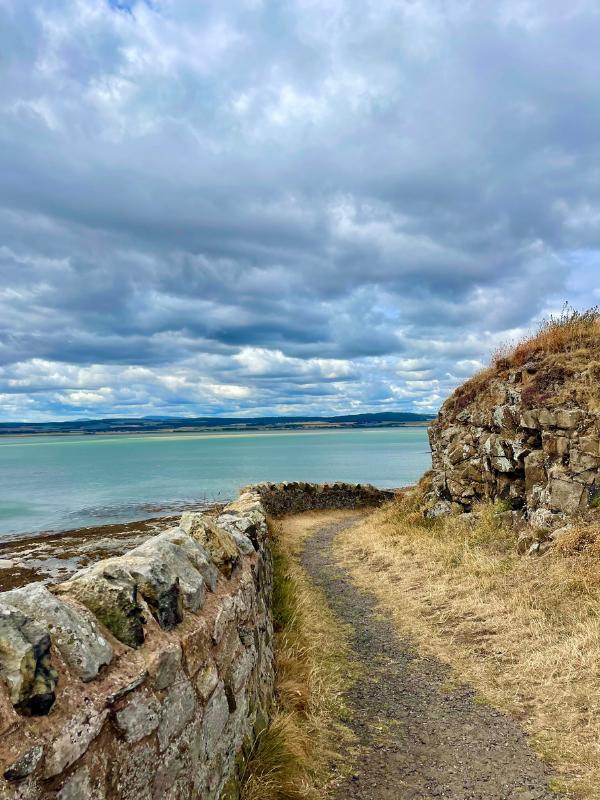




I recommend you take extreme care when crossing to Holy Island. Make notes of the safe times as the lifeboats get called out regularly for stranded motorists. The tide comes in extremely quickly.
Once across the causeway, you must park (and pay) and then walk into the village to reach the castle and priory.
As I mentioned, the ruined priory was the original home of the famous Lindisfarne Gospels, and the initial burial place of St Cuthbert (now reburied in Durham Cathedral) The Abbey was founded in 635 AD by St Cuthbert but eventually abandoned in 875AD due to increasing frequent raids by Vikings.
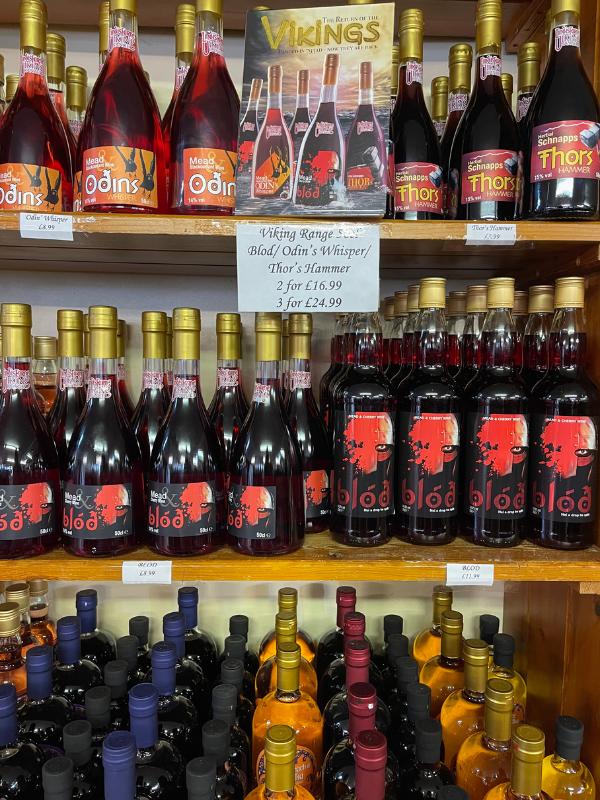

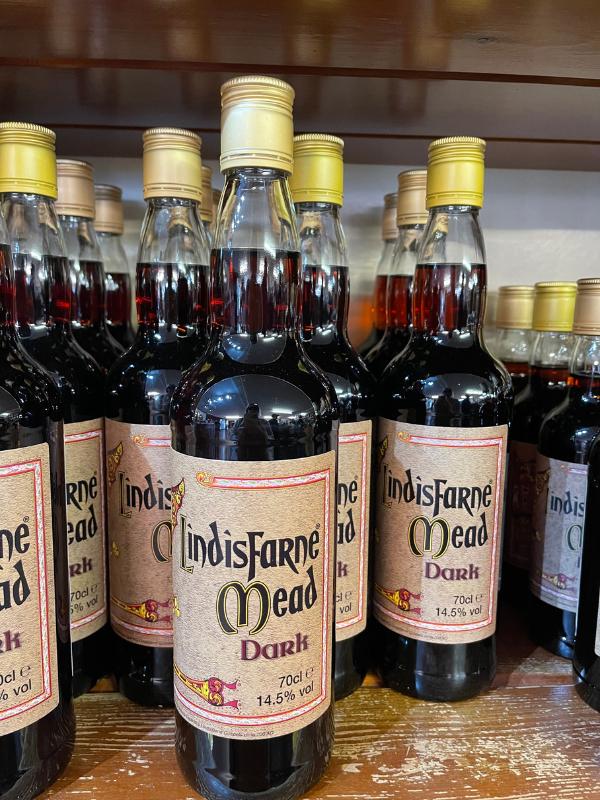

Pop into the gift shop, which sells some lovely souvenirs. Lindisfarne Mead is a unique alcoholic fortified wine manufactured on the island, along with the liqueurs. Various flavours are available, including strawberry, cherry, and damson.
Learn more – Guide to visiting the Holy Island of Lindisfarne
Facts and figures to help planning a drive up the Northumberland Coastal Route
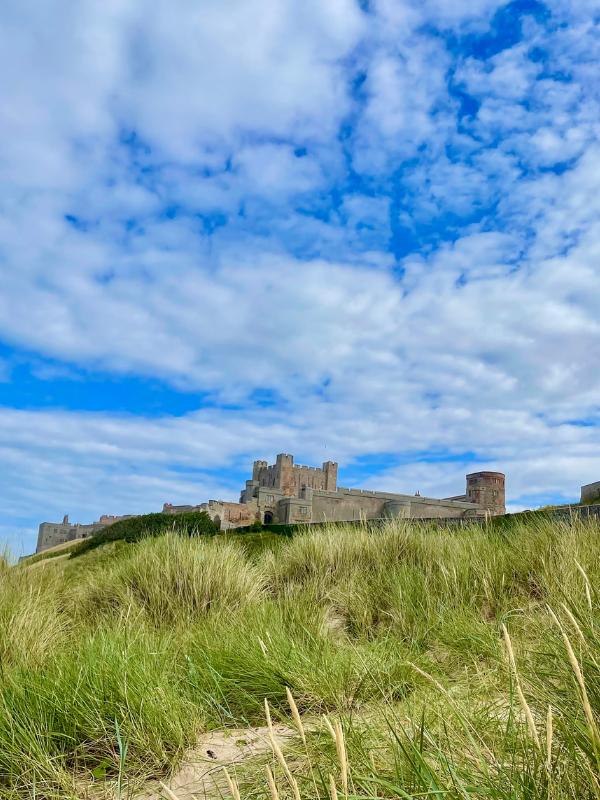

- The scenic coastal route runs between Alnmouth and Lindisfarne (Holy Island)
- It is a 35 mile trip.
- You will pass through a number of villages and towns – Boulmer, Craster, Embleton, Seahouses, Bamburgh and then on to Lindisfarne.
- Consider a detour to Alnwick to Barter Books – if you like books you may need a few hours there at least!!
- Keep an eye out for coastal castles along the way.
- Look at the National Trust website for more information about visiting the Farne Islands.
- Make sure to check the tides for Lindisfarne before you set off.
- Make sure to wear a hat if you are going to the Farne Islands (seagulls dive bomb!)
- If walking is more your thing, there is also the Northumberland coastal route to consider. This is a 64 mile stretch of the International North Sea Trail if you would rather walk along the coastline.
Book your accommodation along the Northumberland Coastal Route
Many great accommodation options to suit all budgets and tastes can be found along the coastal route, including hotels and B&Bs.
Accommodation options for a range of budgets and travel styles can be found in these articles:
Enjoy your travels in Northumberland
I hope this guide to driving the Northumberland coastal route is helpful when planning your trip.
The Northumberland coast is a beautiful part of the UK and is a perfect area to explore by car. It is still relatively off the beaten path for overseas visitors but a fabulous destination in its own right.
Read next
- Northumberland Travel Guide
- Guide to visiting Hadrian’s Wall
- 7 Castles to visit in Northumberland
- Things to do and see in Alnwick
- Things to do in Northumberland

